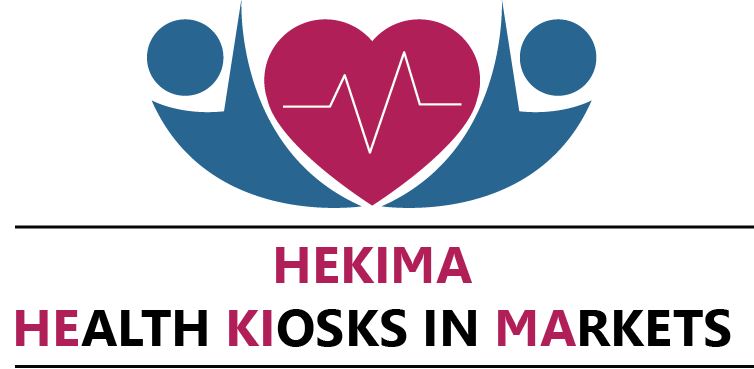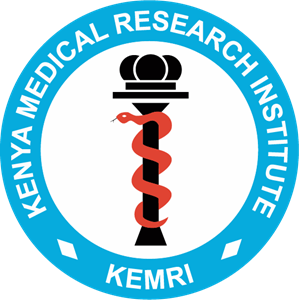
PROMOTING HEALTH AND WELLBEING
Strengthening the primary care system for prevention and control of cardiovascular diseases in Kenya: feasibility study of health kiosks in community markets
Non-communicable diseases (NCDs), including cardiovascular diseases (CVD) and type 2 diabetes, are a major challenge to healthcare. NCD-risk factors include raised blood pressure, diabetes, high cholesterol, smoking, and obesity. In Kenya, CVDs are the leading cause of NCD-mortality as a result of ageing populations, urbanization, lifestyle changes such as unhealthy diets, lack of exercise, alcohol consumption, smoking and other environmental and social factors. The effect of these factors on health are worse in poor communities and health systems face growing challenges meeting the needs of those affected. Lack of access to health systems (e.g. primary care centres) is problematic in low-middle income countries such as Kenya. Sustainable, community-based initiatives that interface with health systems may offer a unique route to address lack of access. There is a scarcity of these initiatives, particularly in resource poor areas. Community markets are social establishments with untapped potential to promote public health messages and interventions for CVD.
The Kenya Medical Research Institute (KEMRI), in collaboration with King’s College London,University of Nairobi, Moi University and Strathmore University are investigating whether Health Kiosks, manned by community health workers (CHWs) and nurses, in community markets can support prevention and management of CVD. The study site is Vihiga County, which faces a shortage of physicians and nurses and the challenge of providing high quality care. The burden of CVDs in the county are rising; in 2019 stroke and ischaemic heart disease respectively were the third and fourth leading causes of death. We are working with the county’s local market traders and champions to promote use of the kiosks. CHWs have been trained to conduct simple tests to assess CVD risk such as measuring blood pressure, weight, encouraging people to take medication as prescribed, follow prescribed treatments and attend clinic appointments, and support behaviour change. CHWs supervised by nurses provide feedback, probable ‘diagnosis’ and make referrals. Market champions promote kiosk engagement in the community. The observation period for delivery of the intervention with field research activities is six months, after which the project will enter an endline evaluation phase. We are also gathering information on health outcomes, which together with the other findings from this study will help plan future large-scale studies of the effectiveness of nurse-led Health Kiosks and CHWs in the community. We are conducting real-time evaluation to look at how the intervention works and for whom.
If successful, the research will support guidance on how the Kenyan health system and communities can work together to combat NCDs. Transformation of the current health systems in this way has the potential to reach more people by providing accessible and regular health advice and support in the local community and timely referrals to care. If successful it will result in significant social and economic benefits by reducing health care costs and preventing morbidity and premature death from CVD.
